I’ve recently joined the Ferny Creek Horticultural Society. I’ve been looking for a garden group for some time. One that has speakers, perhaps some garden visits, one where I can learn and mix and mingle with others. I want very much to see what others are doing and gain new ideas. After looking around and contacting a couple of clubs I decided to give FCHS a go and I don’t think I’m going to be disappointed at all. The people were friendly when I came into their hall on the weekend, the speaker was great, and I came home with some new plants.
The speaker was Peter Leigh from Post Office Farm Nursery which is at Woodend. Quite a trip for him to come to Ferny Creek to give a presentation. He speciliases in hellebores only and brought with him some really lovely hellebores for sale. I bought a large one and a couple of smaller ones and also won a yellow clivia in their raffle. The hellebores were planted on the weekend but the clivia still sits in a pot under a liquidamber tree in our garden, till I decide where I’m going to put it.
Peter shared about the various different hellebores: stemmed and unstemmed species, some that are deciduous and others that are evergreen. Most are drought tolerant and need some shade but not heavy shade. They grow well from Tasmania up to Toowoomba and here in Victoria they like summer shade and winter sun. So planting them under deciduous trees is ideal – like where we’re putting them under our birches. Except the birches are still small so we might need to give them some protection this coming summer… maybe. Their growth period is May to October and then they go dormant. That’s the ideal time to plant, divide and move them. It’s always good to clear around the base of the plant and not have mulch right up to the stem. You can remove old foliage as the leaves die off.
Peter also told us that when the plants are in flower, there are less bees around, so the flowers stay open for weeks to get pollinated.
If you have a slope or a raised bed, you get the advantage of seeing inside their flowers, as they naturally hang down. Makes it hard to photograph them too 🙂 They look good when planted densely, about 40-60cm apart. We have quite a few growing under our old fig tree here at home.
There are apparently 17 different species and 5 hybrids. In ancient times they were used in herbal medicine but not recommended today. They are actually poisonous. Their origins are from Europe although there is one species from China. And the hellebore belongs to the Ranunculacae family. They are winter flowering and often referred to as a winter rose.
After the talk, the purchases and afternoon tea, I went for a wander round the gardens at the Society.
Below, first row, hellebores at home, the rest were taken in their gardens. It was threatening to rain and there was thunder rolling nearby so I didn’t stay too long but look forward to going back again soon. Click on each image for a larger view.
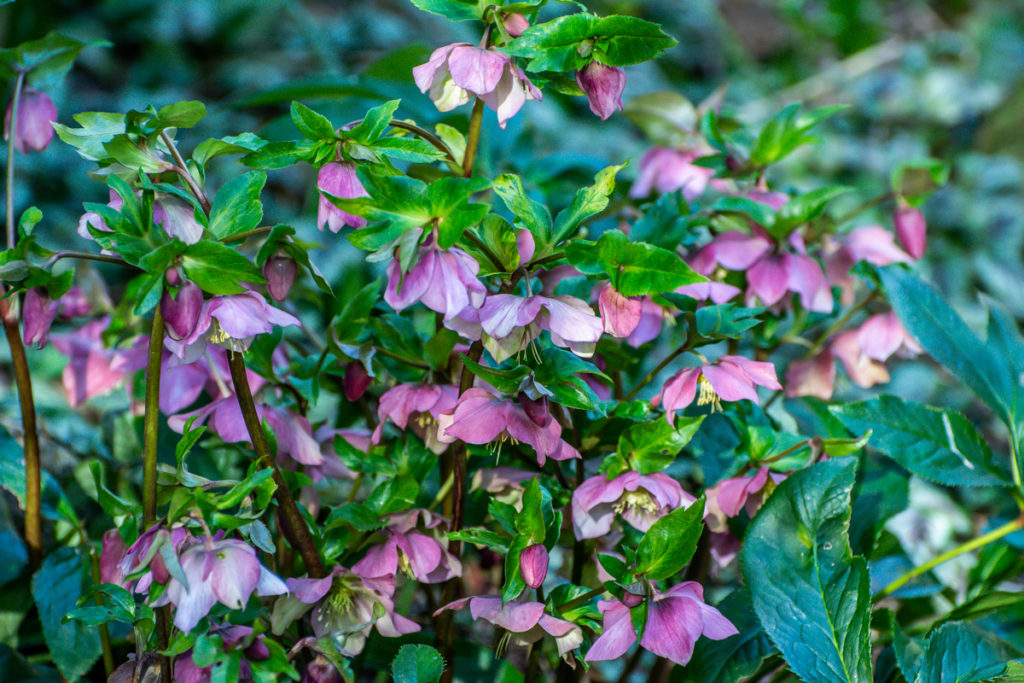
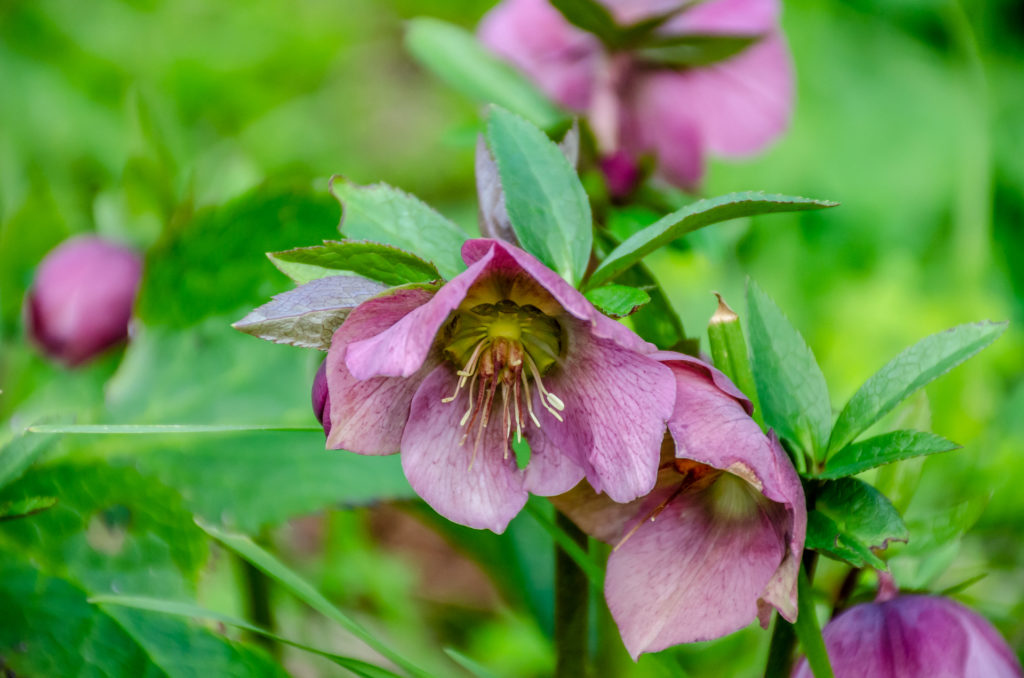
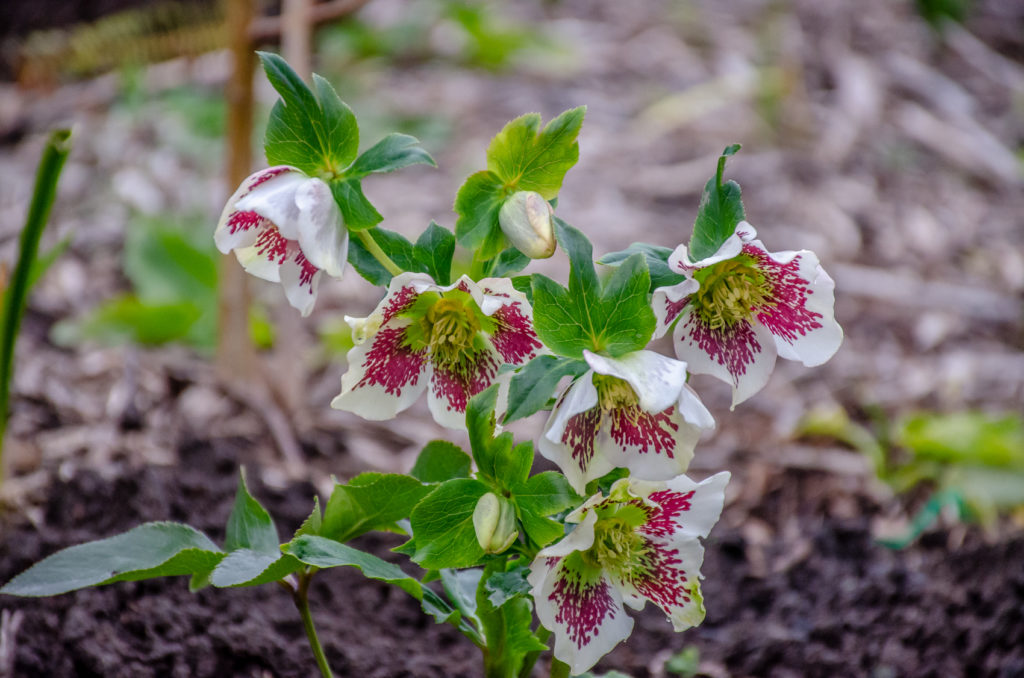
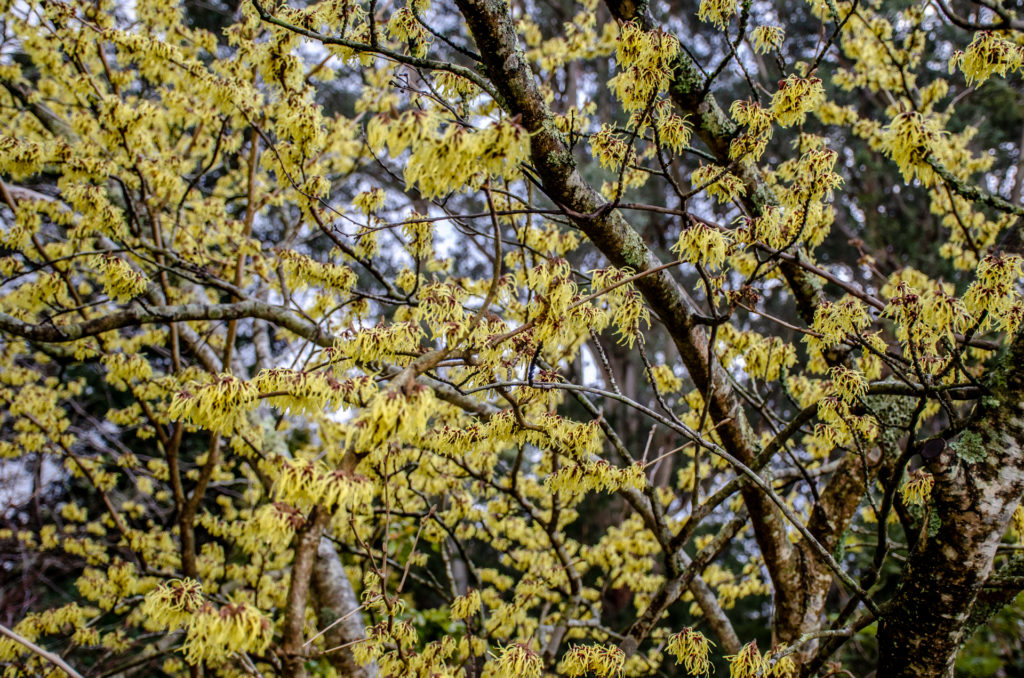
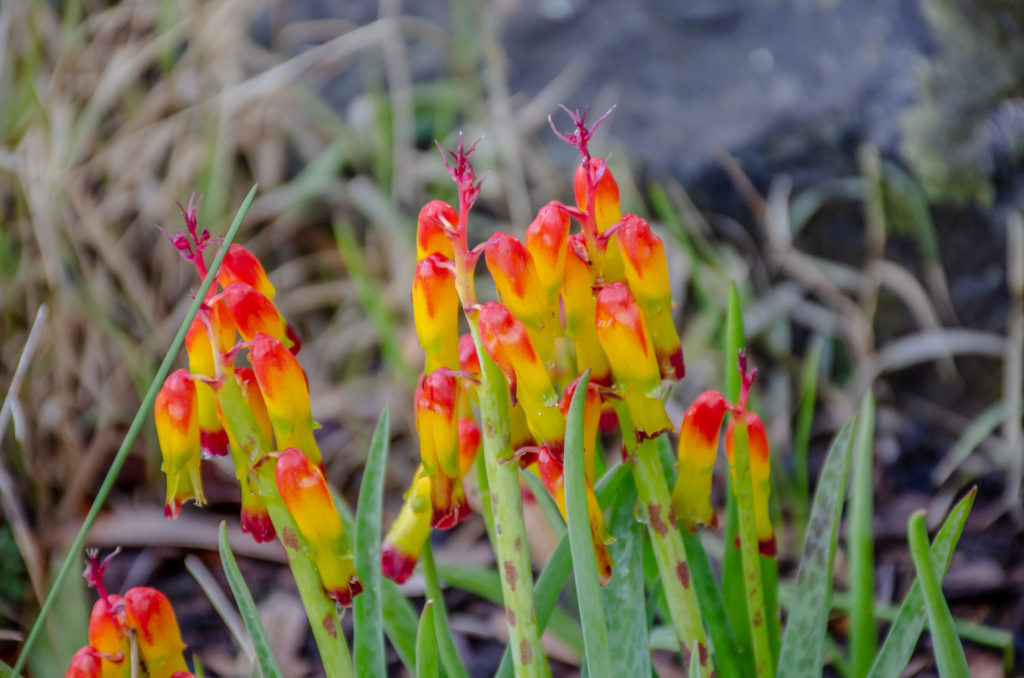
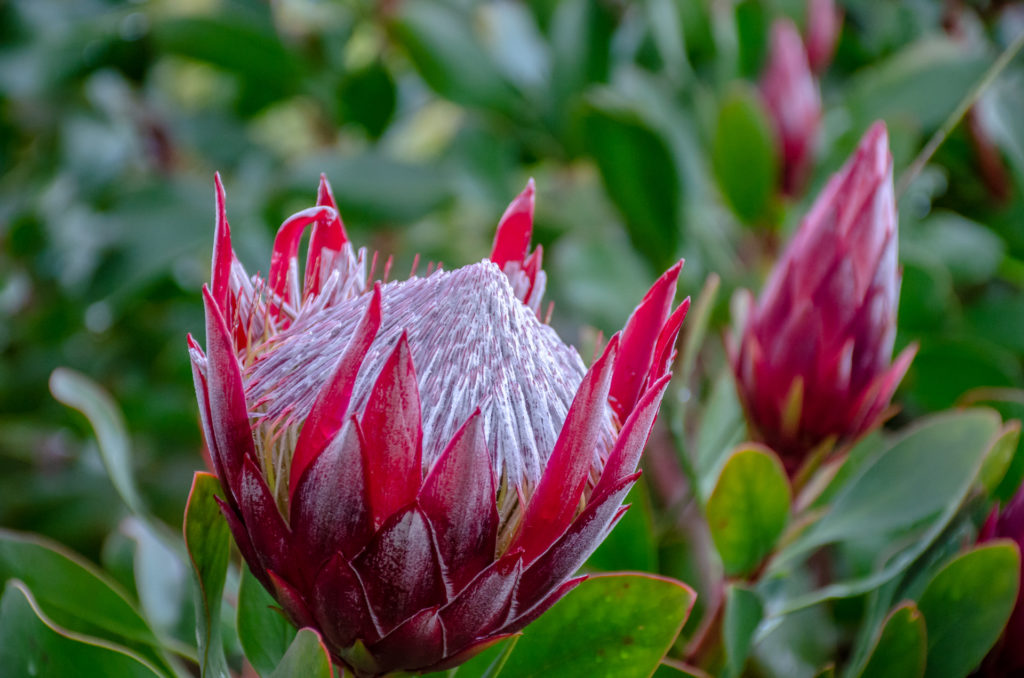
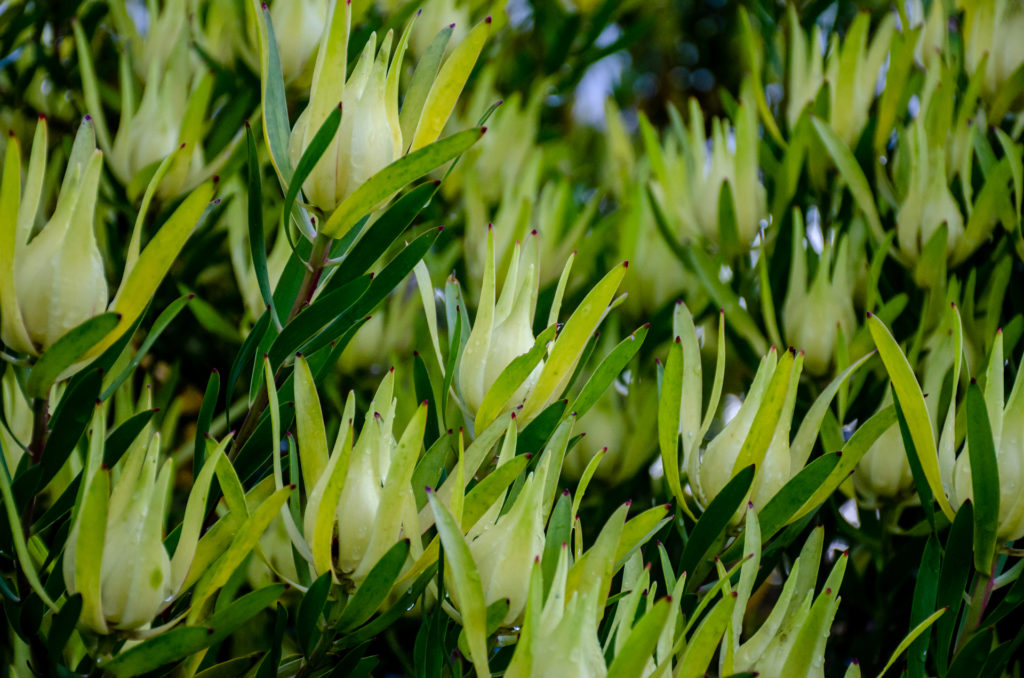
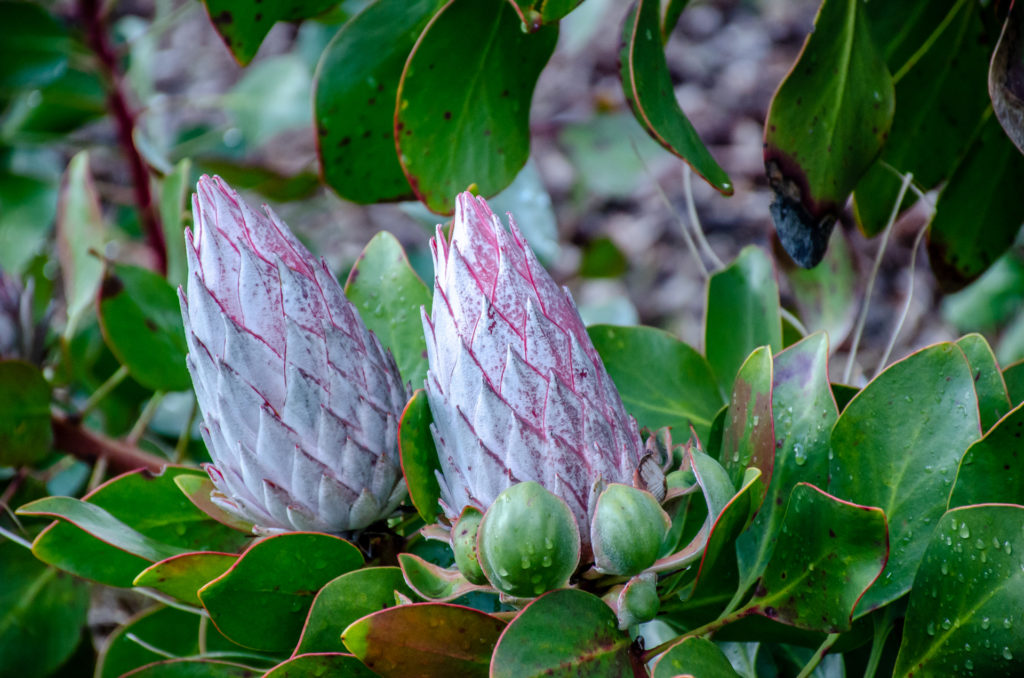
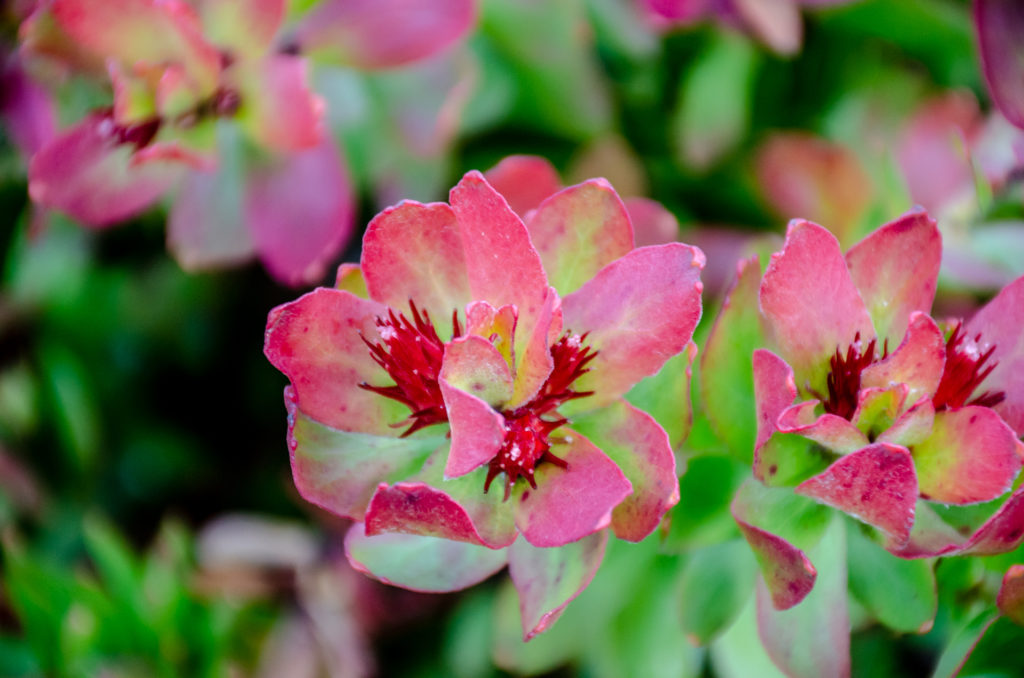
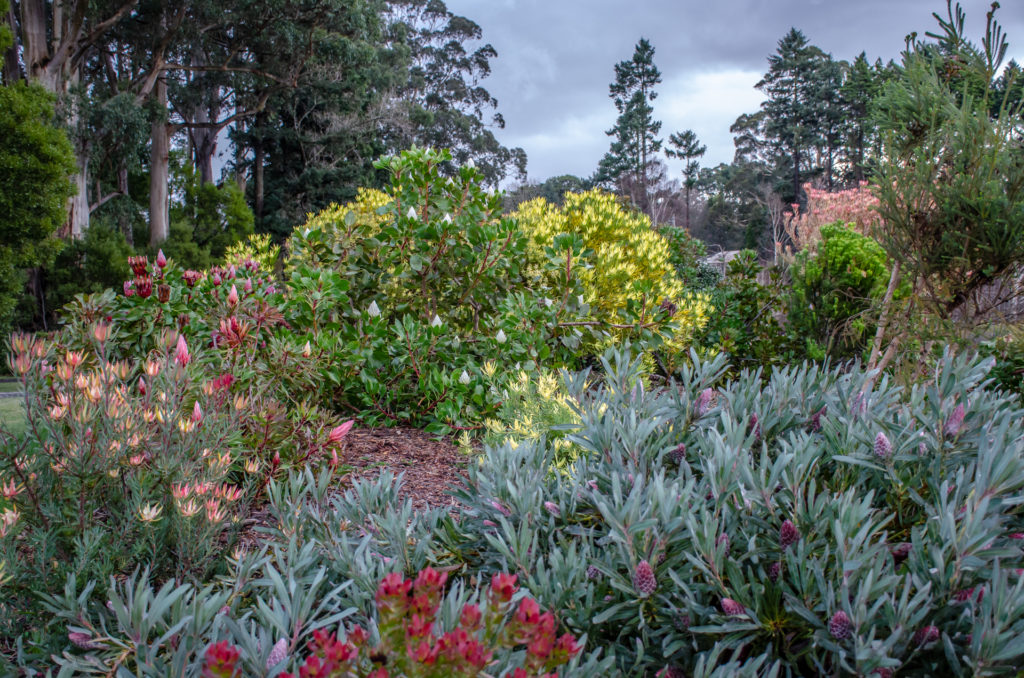
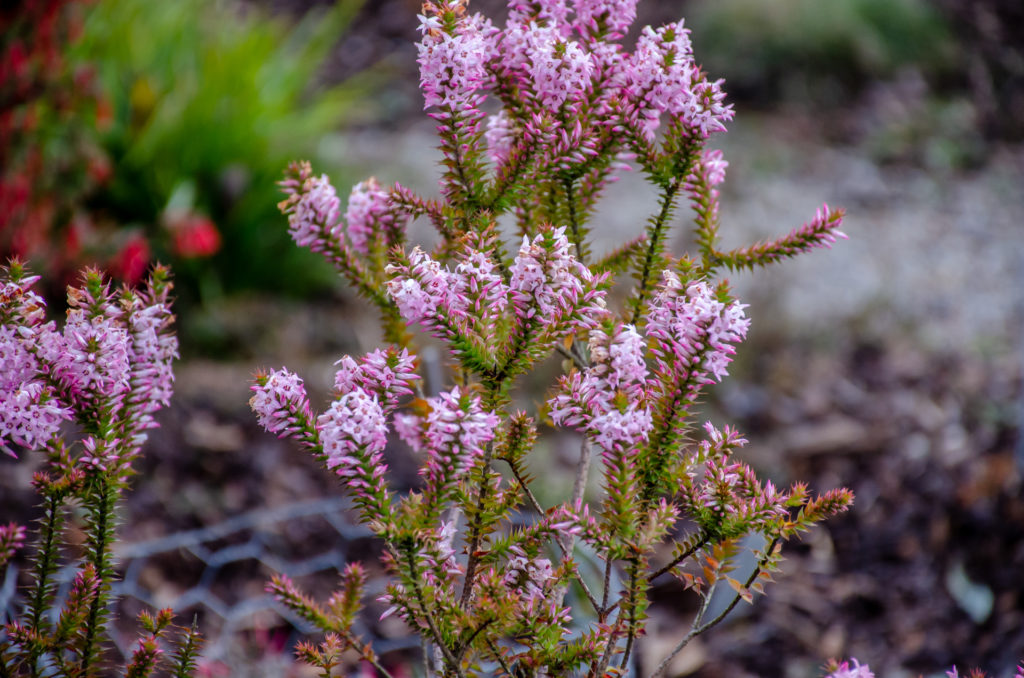
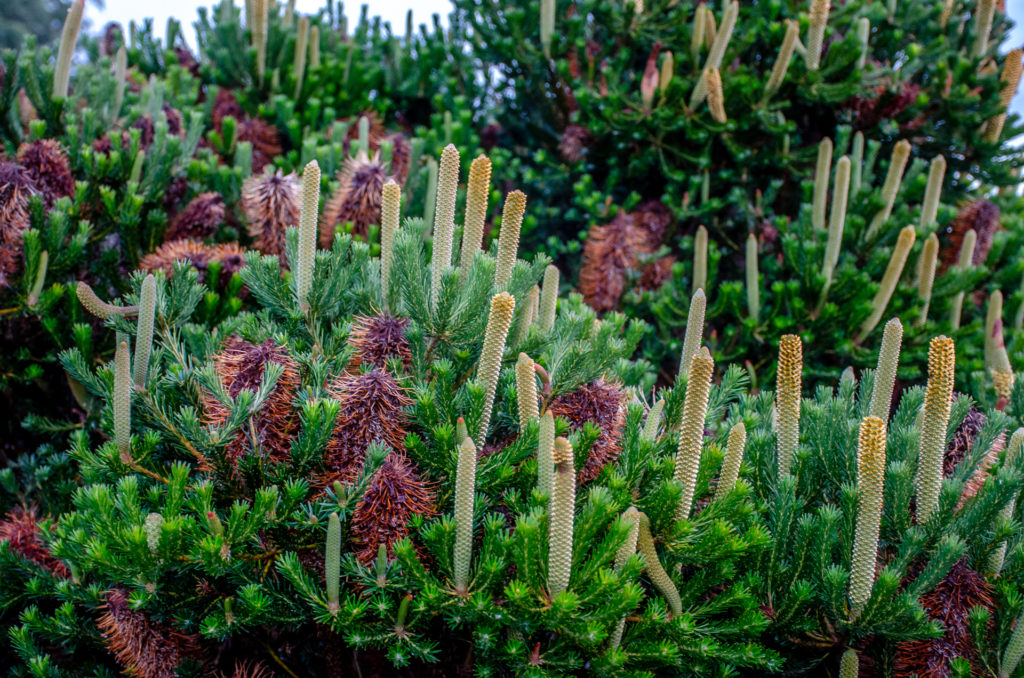
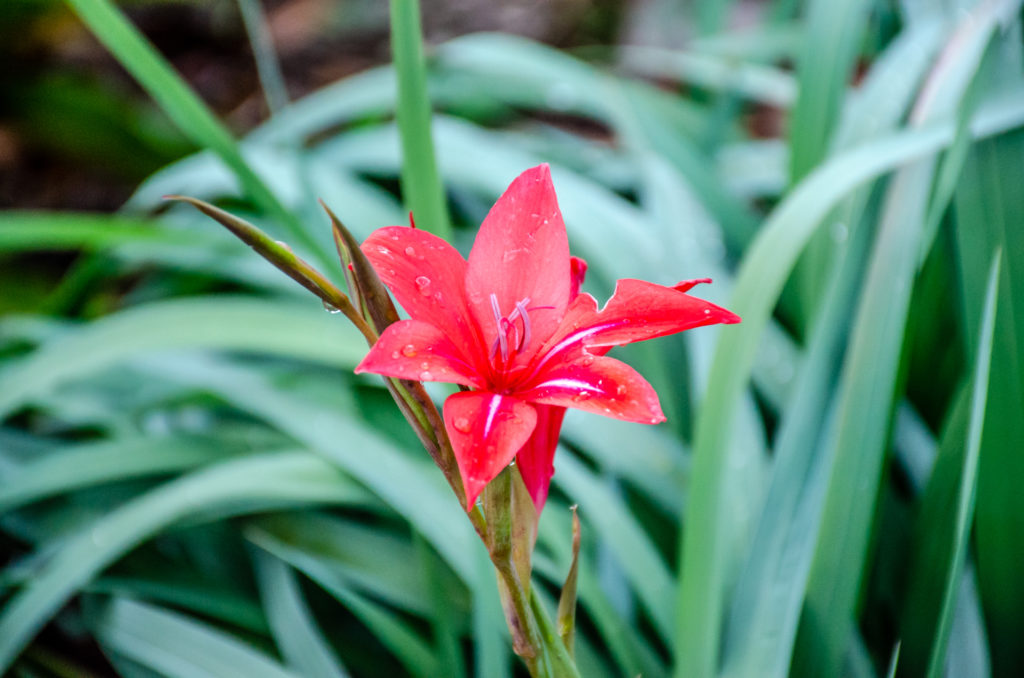
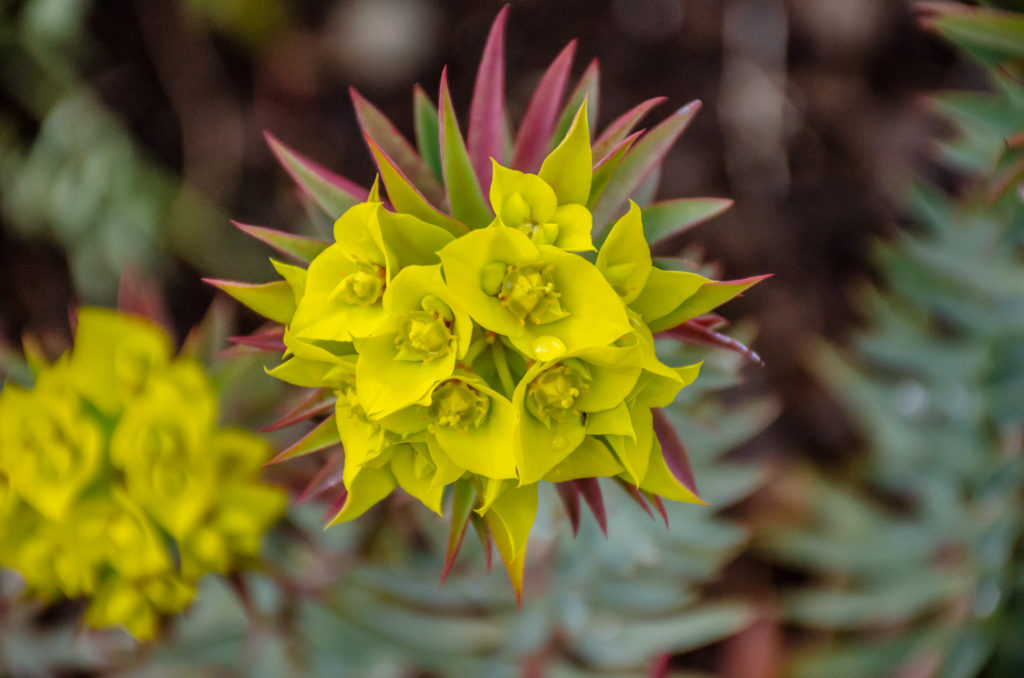
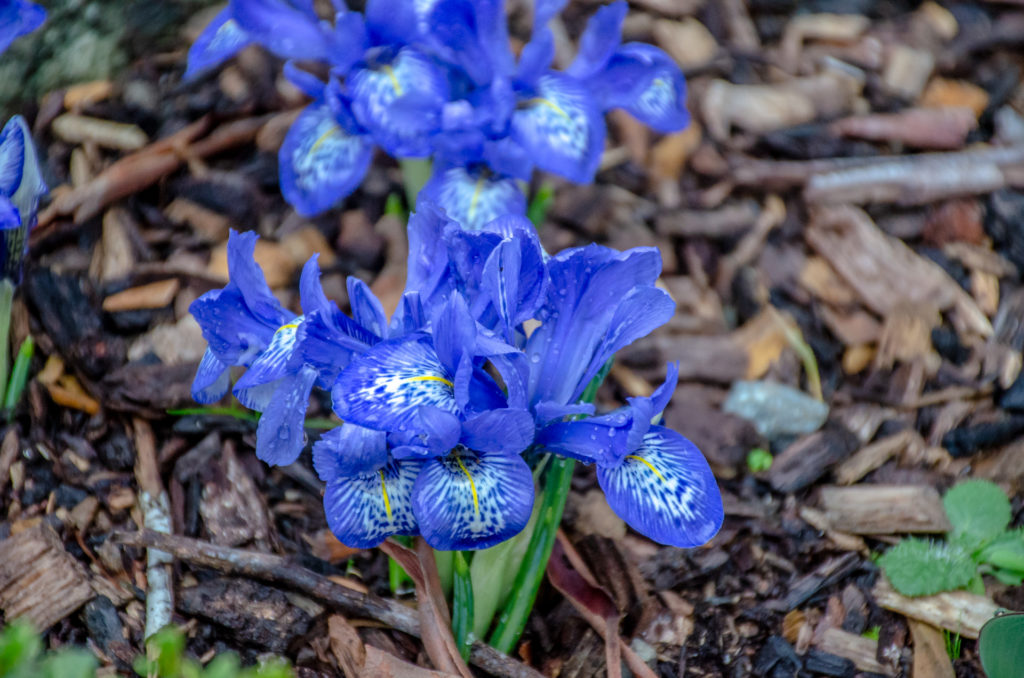
Hi Kathie,
Thanks for sharing photos of your beautiful garden. Do you open your garden, love to see it.
Kindest regards,
Elaine Barnard-Brown
Not yet Elaine, but hopefully in a couple of years. However friends are more than welcome to pop in – just shoot me a message at FB and we can go from there.
Hi Kath,
Would love to see your garden one day.
We live in Dromana on the side of Arthur’s Seat and have 2/3 of a acre of garden with 300 roses, 15 fruit trees and cottage garden plants. There are three fish ponds, two with bronze fountains. We have two ferneries and a palm and bromoliad garden.
There is a lot of bird life and kangaroos that have visited neighbours next door. We have seen them several times. We also have a possum that lives in the top of a very tall palm tree. He or she clean out their nest onto the garden below and make such a mess. Still it is lovely to have them. They stripped the fruit at the top of the kiwi vine. I went out to pick them one morning and the had all disappeared. They also love to pick the avacodas and only eat half and leave the rest.